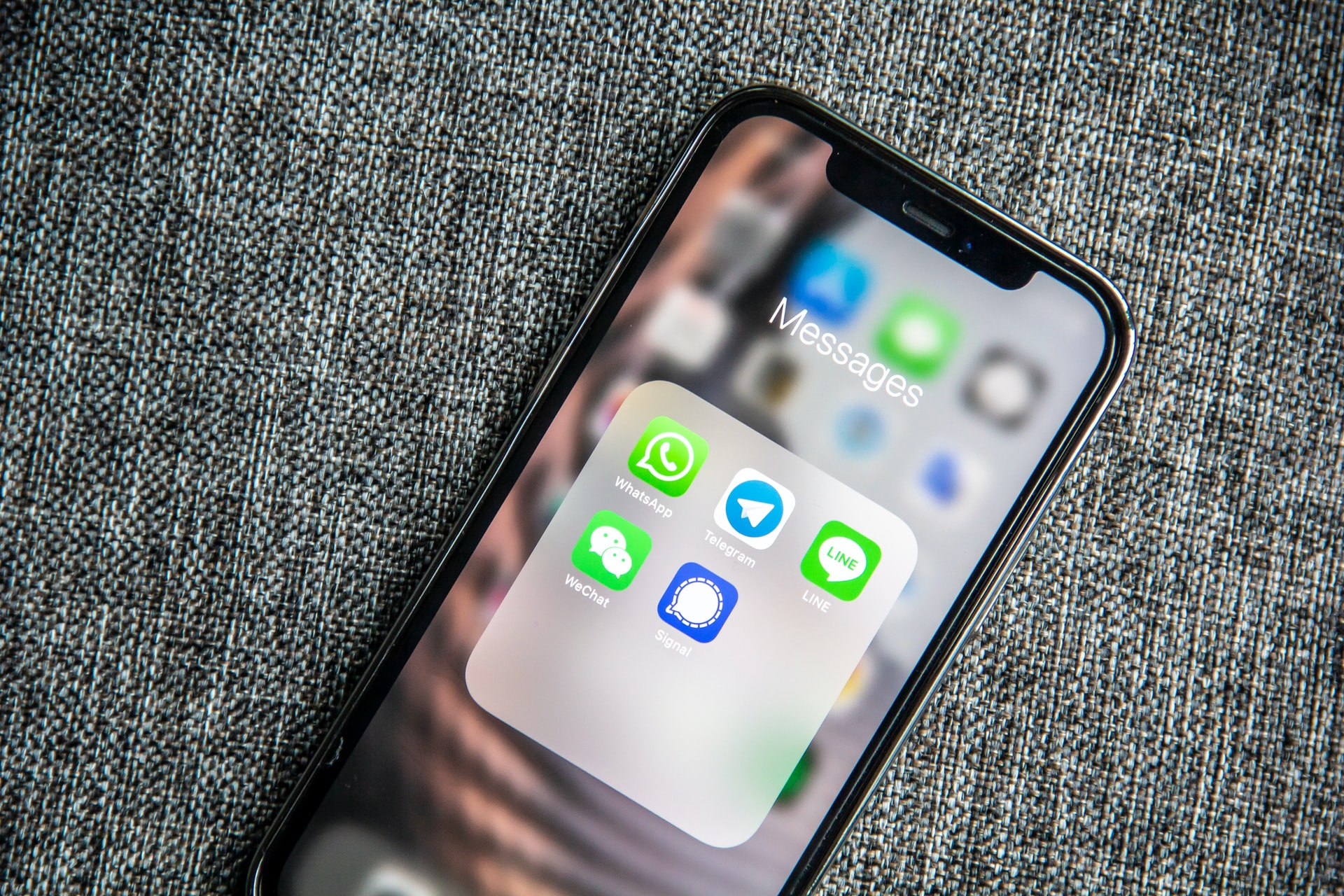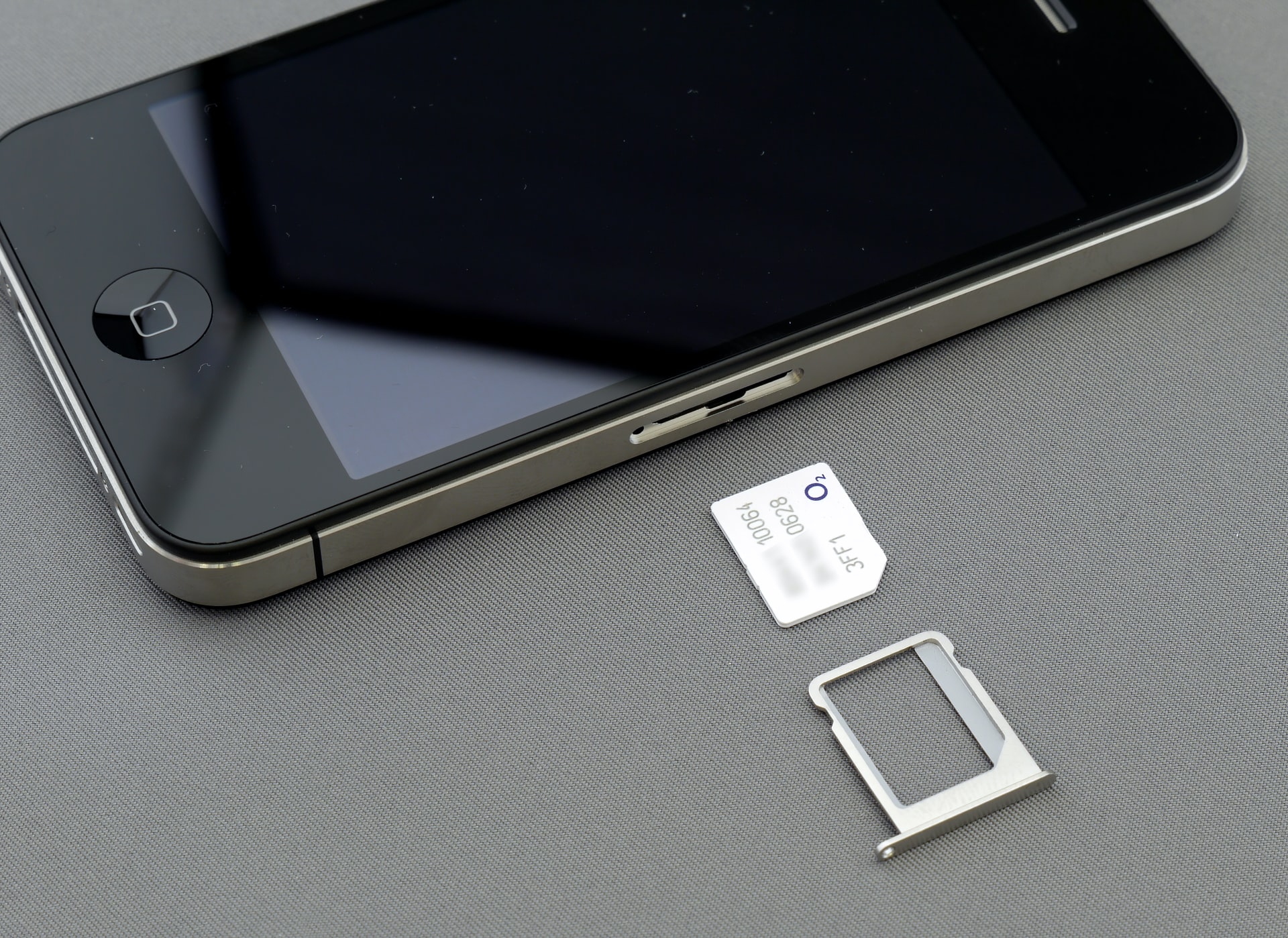
How can you deal with the low rate of SMS verification codes arriving?

Thousands of families have been affected by mobile network life, which has had a significant impact on many traditional sectors. Although the current state of affairs is the consequence of people's unwavering efforts in technology, it forces many businesses to discover new ways to alter their business models. As a result, a slew of SMS systems that can send verification codes have popped up, and usage and demand have skyrocketed. I'm not sure when it began, but the SMS platform has evolved into the “standard configuration” of e-commerce, and it currently plays an essential role in user registration, login, and password reset.
The following are the reasons behind the SMS verification code's poor arrival rate:
As the connection for e-commerce enterprises to transmit critical information to customers in the mobile business process, whether the SMS verification code gets on the user's phone easily, swiftly, and precisely is a critical issue that directly impacts the user's experience. If a user completes a website form and is waiting for it to be submitted, but does not get the message with the verification token due to technological issues or the message is being queued for an extended period of time, the user's will get tired of the wait and might give up on the app all together.
So, why are SMS verification codes arriving at such a low rate and at such a sluggish rate?
- Untrustworthy verification code SMS platforms will save money by sharing channels that were previously exclusively available to small and medium-sized businesses. There will be more information congestion and waits if more individuals are used.
- One reason is to delay the SMS verification code in order to test the user's patience, and if the user is on the operator's blacklist, or is blacklisted by the operator, or the mobile phone is equipped with a security mechanism that prevents the verification code from being sent. These are the user-side issues now.
- The SMS channel's processing capability. The operator is in charge of the port's overall processing capacity. The typical 12-bit port processing capability, for example, can achieve 100 per second, 200 per second, 300 per second, 500 per second, and other speeds. The SMS verification code operators will reply differently depending on the varied transmitting rates of each port, either up or down. They can only watch the SMS verification code get lost in the flood of data as the magnitude exceeds.
SHARE WITH FRIENDS
Features
Free
Use of our SMS receiver service is free and will always be free.
Our free SMS receiving service allows you to use our free 10 minute phone numbers to receive SMS online.
Anyone may use a genuine phone number to authenticate their account and so protect themselves from spam and other unwanted communications.
Use of our SMS receiver service is free and will always be free.
Our free SMS receiving service allows you to use our free 10 minute phone numbers to receive SMS online.
Anyone may use a genuine phone number to authenticate their account and so protect themselves from spam and other unwanted communications.
Private
We realize that your privacy is crucial, so our website allows you to protect your private information private while opening up access to web services that requires SMS verification.
We realize that your privacy is crucial, so our website allows you to protect your private information private while opening up access to web services that requires SMS verification.
Temporary
Messages are immediately visible once they are received; simply refresh the page to see new texts. The displayed virtual numbers are changeable and disposable, with new ones being provided on a regular basis. After roughly seven days, the SMS texts we get are completely erased.
Messages are immediately visible once they are received; simply refresh the page to see new texts. The displayed virtual numbers are changeable and disposable, with new ones being provided on a regular basis. After roughly seven days, the SMS texts we get are completely erased.




